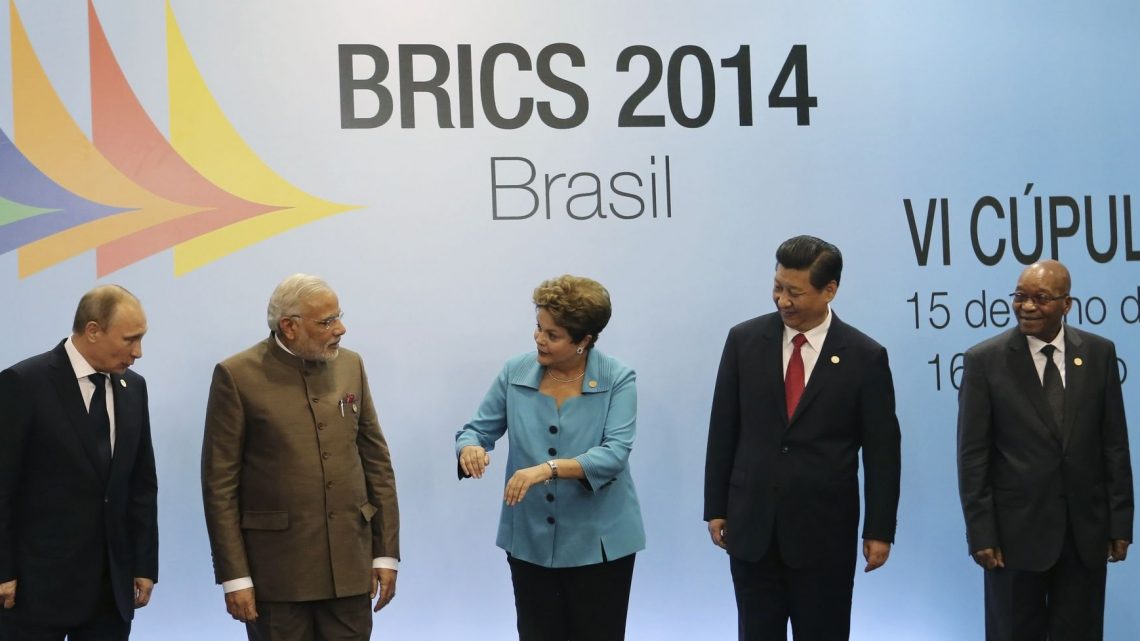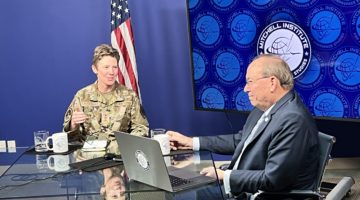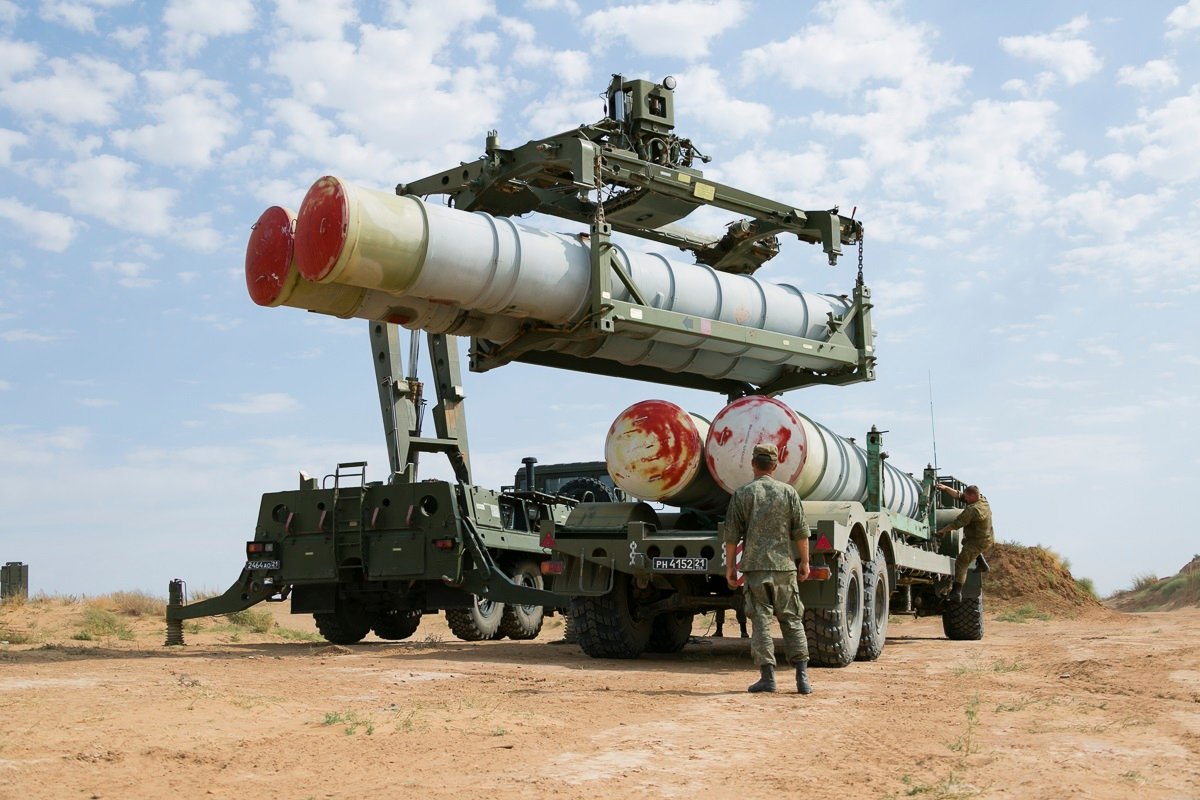Photo credit © BRIC Communication
With the World Cup behind them President Dilma Rousseff of Brazil, President Vladimir Putin of Russia, Prime Minister Narendra Modi of India, President Xi Jinping of China, and President Jacob Zuma of South Africa, met in Fortaleza, Ceara, Brazil, this week for the sixth BRICS summit .
BRICS is an acronym conceived by Jim O’Neill, the head of global economics at Goldman Sachs in 2001, to describe major emerging economies. It was not intended as a geopolitical description. Two of the principal members of the group, China and India, were long time rivals. The idea originally was a construct for investment bankers.
The BRICS concept was launched when the world was in a “unipolar” moment. Washington was in the ascendancy. It was seen to be the world’s remaining superpower.
The Soviet Union had collapsed. The US dollar was the currency of last resort.
The US dominated the world’s financial institutions.
But the world has changed dramatically for the US and its global position :
- The terrorist attack on New York City and Washington on 9/11;
- U.S. overreach in Afghanistan and Iraq;
- The rise of bitterly partisan politics in Washington;
- US domestic disenchantment with overseas engagements;
- The financial meltdown of 2008;
- President Obama’s disinclination to use US power;
- The rise of newly assertive Russia and the annexation of the Crimea;
- The insatiable appetite of the US to spy, not only on potential terrorists which is entirely justified, but also on friends like Angela Merkel and Dilma Rousseff which is not, especially if it this spying on allies and friends is revealed, which it has been.
All these factors have transformed the rules of the game.
In effect, the BRICS are seeking to operate and shape strategic space being vacated by the United States and Europe. Despite continuing skepticism about the BRICS in the West, its role has expanded by default.
With Europe deep in the Euro crisis and demonstrating little global leadership to supplement, complement, or supplant the role of the United States, a power vacuum is being filled. The BRICS leaders met with all of South America’s presidents in Brasilia after the Fortaleza summit.
Brazil has long seen its role as a leader in the region, which its status as a BRICS member has enhanced.
On his way to Brazil President Putin visited Cuba (where he met Fidel as well as Raul Castro and cancelled all of Cuba’s Soviet era debts amounting to some US$ 30 billion). He also made a surprise visit to Nicaragua. He then visited Argentina (where he supported Argentina’s claims to the Falkland island).
The BRICS summit, needless to say, avoided criticizing Russia over its actions in the Ukraine and Russia’s annexation of the Crimea. The U.S. and Europe denied China a share of voting rights at the IMF commensurate with the weight of its economy.
President Xi Jinping stayed on for a state visit to Brazil after the Fortaleza summit. China has since 2009 been Brazil largest trading partner. 41.2% of all Brazil’s exports go to China and 34.2% of all import to Brazil comes from China. China has promised to invest in Brazilian infrastructure projects and rail network.
The Chinese president will go on to visit Argentina, Venezuela, and Cuba.
The BRICS summit announced the launching of a BRICS New Development Bank, a joint project with an initial US$10 billion capitalization, to which each member contributed equally, headquartered in Shanghai, with an Indian as its first president. The bank anticipates increasing its capital to US100 billion within the next few years.
The BRICS summit also made a commitment to establish a reserve pool in local currencies to do business with each other hence avoiding the dollar.
The BRICS New Development Bank will begin making loans in 2016. Together with the currency pool it is intended “to help contain volatility faced by diverse economies as a result of the tapering of the United States policy of monetary expansion”
President Rousseff said at the close of the summit. “It is a sign of the times, which demand reform of the IMF.” China will contribute US$41 billion to the contingency currency pool. Brazil, India, Russia will add US$18 billion each, and South Africa will provide US$5 billion.
The aim of all the BRICS is to begin to reshape the Western dominated international financial system. These are all small first steps to be sure. But they do mark an important beginning. Despite their evident differences the BRICS are seeking to transform themselves into a new force.
Editor’s Note: Dr. Harald Malmgren adds this comment to the discussion about BRIC efforts :
While China has plenty of dollars, it cannot use them without risking strengthening its own currency. The other BRICs are all afflicted with insufficient dollars.
Even so, the new BRIC Central Bank is quietly denominating its “reserves” in dollars, because none of them want BRIC currencies in exchange for their exports of goods and services. Anyway, the new BRIC bank is too small to influence world markets.












